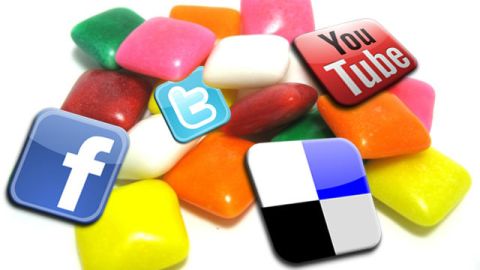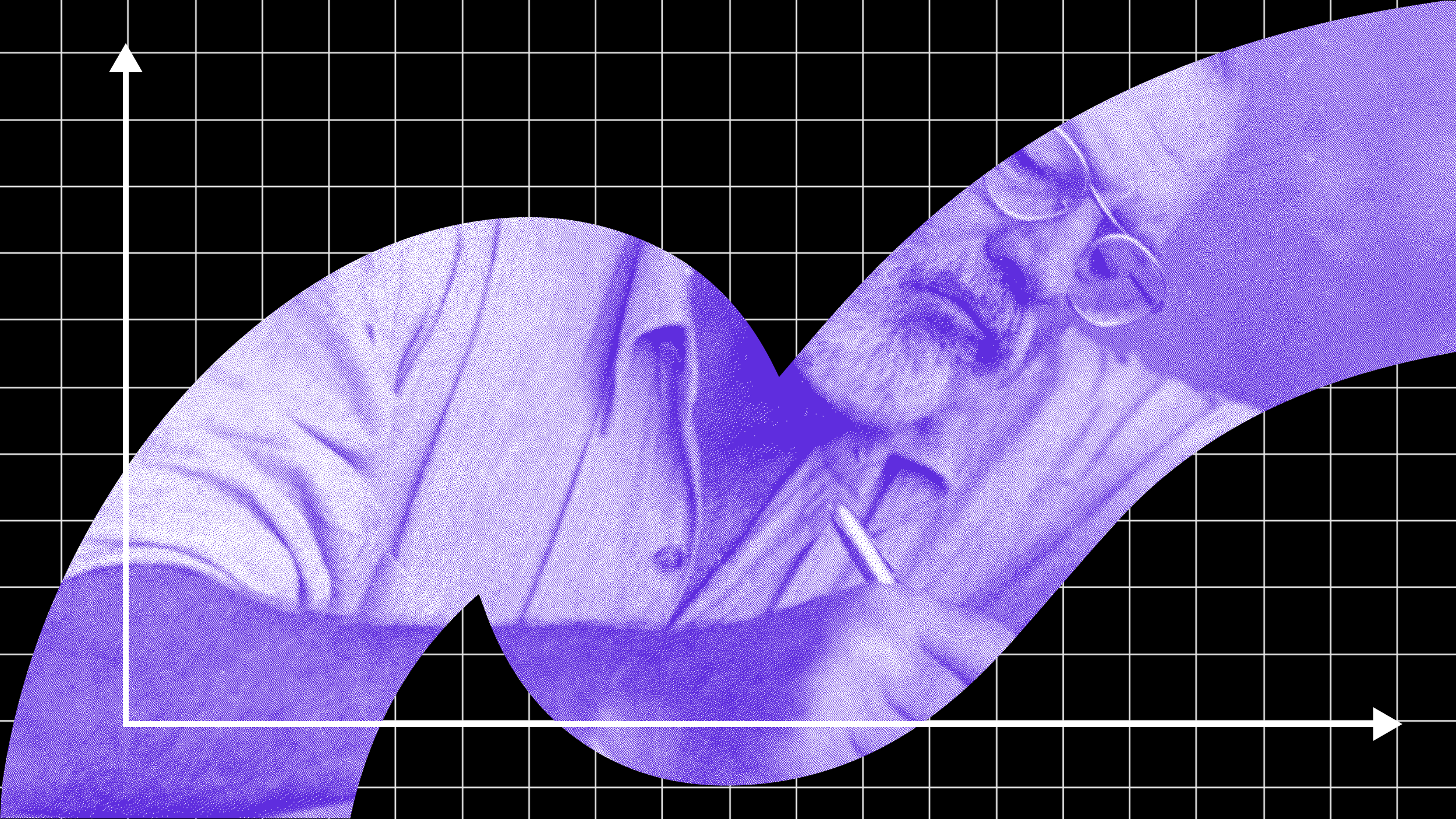Behind The “Like” Button: Why We Share What We Share

OMG. I better tweet this. Or post it on Facebook. Or click that oh-so-tempting like button. Maybe tumblr? Stumbleupon? Some other sharing service that I’m too slow to have noted, but that I absolutely must must must add now?
Many of us have gone through some modified version of that reaction. We read something, see something, hear something, and the urge to share becomes overwhelmingly, well, urgent. But why? What is it that pushes us from simple passive intake of information to an active desire to pass it on to others?
Well, we might say, it’s just something that I think others—or some specific other—will find interesting or useful or funny. I’m sharing for their benefit.
And yet that explanation also begs the why question. We don’t share every single thing we think someone else would find in some way appealing (that would take far too much time), and sometimes, we share things that could not really, justifiably, if we take a hard line with ourselves, be all that interesting to anyone else (does everyone need to know what I had for breakfast, or that my yoga class this morning was just so amazing?).
So what does it take to pass that sharing barrier, which, granted, is of different heights for different people?
It’s all about arousal
According to Jonah Berger, the answer boils down to one word: arousal. Arousal, as in its physiological sense. In scientific terms, the activation of our autonomic nervous system; in simpler terms, that extra boost of energy, the quickened heartbeat, that tingling of nerves that says, something in the environment has caught my attention.
In one study, Berger told 93 students that they’d be completing two unrelated tasks. First, they watched a video clip. Some watched a neutral segment, and some, one of several emotional segments (the segments could be happy or sad, a manipulation of emotional valence, and amusing or anxiety-provoking, a manipulation of arousal). Then, in the apparently unrelated study, they were shown an article and a video clip that had previously been rated as emotionally neutral and asked, on a scale of 1-7, how willing they would be to share the content with friends, family members, and co-workers.
Who was most willing to share? Only those participants who had been highly aroused, in either a positive or negative direction, prior to viewing the content. The emotional content (happy or sad) did not seem to play any role.
Next, Berger decided to test whether arousal could be completely independent of emotion and still increase the desire to share content with others. He asked another group of students to either sit still or jog in place for 60 seconds, to tap into the purely physiological nature of arousal. Then, in the “unrelated” study, the students read a neutral news article that they could email to anyone if they so desired.
The effect remained the same. The more aroused someone was, the more likely he was to email the story to others. In fact, 75% of the people who had jogged emailed the article, while only 33% of those who sat still did so.
When to ramp it up—or tone it down—a notch
These findings have implications for both content creators and contents consumers and sharers. On the creative end, it’s useful to know that emotional content on its own is not as likely to determine how much attention something gets and how widely it is shared as is its arousal value (Does it make someone anxious? Excited? Nervous? Angry? Making people happy or sad certainly can’t hurt, but it may not always be enough to get that extra edge). And on the sharing end, being aware of the impact arousal has on how likely you are to share something might help make what you share more valuable and more appreciated. Ask: am I sharing because I want to share this specific item, or because I just ran up a flight of stairs? If the content is arousing, share away. If you just happen to be aroused, maybe take a second to reflect before you do (would you share it anyway if you’d just woken up, or had been lying languidly on your couch?).
But then again – maybe you shouldn’t reflect all that much, and I should just get into the habit of catching your attention right after your daily workout.
If you’d like to receive information on new posts and other updates, follow Maria on Twitter @mkonnikova





